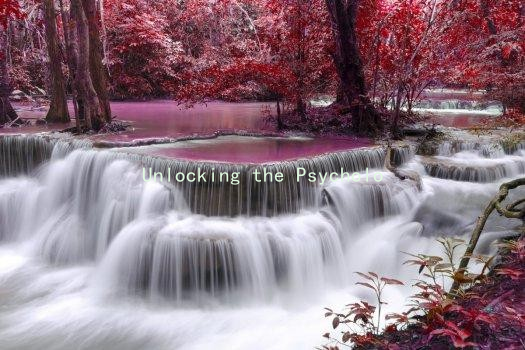Why Two Sides to Every Story? Mastering Conflict Resolution in Relationships
In any relationship, conflict is almost inevitable. Misunderstandings, differing perspectives, and emotional triggers can lead to disagreements that, if not managed well, may escalate into significant issues. However, mastering conflict resolution is essential for fostering a healthy, long-lasting partnership. One key principle to remember is that there are always two sides to every story. Understanding and embracing this concept can transform how we approach conflicts in our relationships.
First and foremost, acknowledging the existence of two sides encourages empathy. When a disagreement arises, its easy to focus solely on our own feelings and perspectives. However, stepping into our partners shoes can illuminate their thoughts and emotions. This empathy fosters a sense of understanding, allowing both partners to feel heard and valued. Phrases like, I can see why you feel that way, or I understand your point of view, can serve as powerful openings for productive dialogue.
Moreover, approaching conflicts with curiosity rather than a combative mindset is crucial. Instead of assuming your partner is wrong, engage them in a conversation that seeks to understand their perspective better. Questions such as, Can you tell me more about why you feel this way? invite insight rather than defensiveness. This technique not only diffuses tension but also strengthens the bond between partners as they navigate their differences together.
Another valuable aspect of mastering conflict resolution is the importance of timing. Not every moment is right for addressing issues. If emotions are running high, it may be more beneficial to take a step back and revisit the conversation later. Timing can significantly impact the outcome of discussions. When both partners are calm and open to dialogue, the likelihood of reaching a resolution increases significantly.

In addition to timing, employing “I” statements can transform how we express our feelings. Instead of blaming or criticizing, which can lead to defensiveness, framing our emotions through our own experiences helps keep the conversation constructive. For example, saying, I feel hurt when plans are changed last minute, rather than You always change our plans last minute, places the emphasis on personal feelings rather than accusations. This shift in communication encourages openness and decreases the chances of escalation.
Another technique to consider is creating a conflict resolution checklist. This simple exercise involves both partners listing what they need to feel satisfied after a disagreement. By collaborating on this checklist, partners gain insight into each others priorities and work toward a solution that respects both sides. It turns a potentially negative experience into an opportunity for teamwork and compromise.
Lastly, it’s vital not to forget the role of forgiveness and accountability in conflict resolution. Acknowledging when we are wrong and offering genuine apologies can pave the way for healing. Equally important is the willingness to forgive. Holding onto grudges only breeds resentment and hinders growth in the relationship. By embracing forgiveness, partners can move forward and foster a more robust connection.
In conclusion, understanding that there are two sides to every story is essential for mastering conflict resolution in relationships. By practicing empathy, engaging in open dialogue, choosing the right timing, using effective communication techniques, collaborating on solutions, and embracing forgiveness, couples can transform conflicts into opportunities for deeper understanding and connection. Navigating disagreements may not always be easy, but with the right tools and mindset, any couple can foster a healthier, more resilient relationship.





